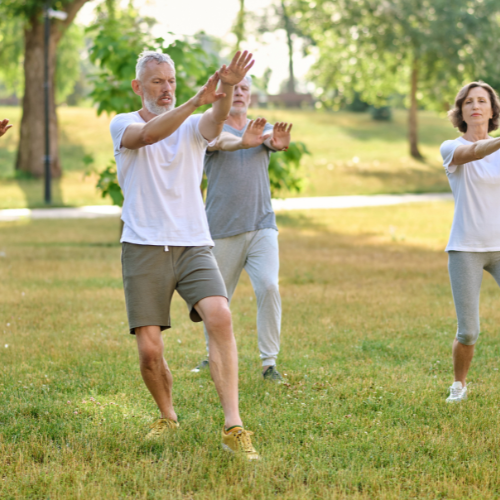After thoroughly studying and repeatedly reading the traditional Chinese medicine classic “Shang Han Za Bing Lun,” I couldn’t help but wonder: Why didn’t the author completely explain the underlying principles (truth) behind the formulas used in the text? Instead, the author only provided descriptive statements. This brief descriptive approach inevitably leads to ambiguity, resulting in thousands of different interpretations by traditional Chinese medicine practitioners over the past two thousand years. However, none of these interpretations have completely captured the author’s original intent.
In fact, this question itself holds the answer: it suggests that the underlying truths behind “Shang Han Lun” cannot be clearly explained through words, as these truths transcend the dimension of verbal description.
Why is this the case? It involves the boundaries of human cognition. We must acknowledge our small place in the vast universe. As we try to understand the life codes of our existence, we will inevitably approach the limits of our cognitive abilities. Beyond this boundary lies the eternal truth, but it is just beyond our grasp. How then, can we perceive it?
A critical point here is that ancient Chinese used methods entirely different from Western science to explore this unknown. The ancient Chinese gained insights through a certain kind of resonance with heaven and earth, which they then conveyed through traditional Chinese medicine classics. The essence of these truths cannot be directly conveyed or explained, but their “practicality” can be passed down and utilized. This is why traditional Chinese medicine classics provide us with descriptions at the level of “use” in a “lower-dimensional” way through words. The “Dao” behind them is indescribable, leading to different interpretations by traditional Chinese medicine practitioners of different eras, each based on their own understanding of these classics as “fingers pointing to the moon.”
Therefore, these ancient Chinese medicine classics were created by the most enlightened individuals among the ancient Chinese, who, using a unique traditional Chinese medicine mindset, broke through the cognitive black hole of their own minds to seek out the truth of the universe and life. They tore a hole at the edge of the black hole and shone the light of truth into the human world.
Based on the above understanding, we can derive many practical guidelines, such as:
1. Respect but do not blindly worship any traditional Chinese medicine master. In the pursuit of traditional Chinese medicine, focus on cultivation rather than fame.
2. Guided by the classics, each traditional Chinese medicine practitioner must engage in their own unique exploration. This exploration should be regarded not as mere study, but as a form of spiritual practice.
3. The study of traditional Chinese medicine must ultimately transcend the text; it cannot be confined by the written word.
4. Since traditional Chinese medicine classics can penetrate cognitive boundaries, they do not belong to any specific era. Inevitably, they will be questioned in an era where “science” reigns supreme. However, no era in human history can constrain the brilliance of these classics.
Finally, here is a thought-provoking question: Why do traditional Chinese medicine classics ultimately offer a “practical” contribution to humanity, rather than a metaphysical one like philosophy?
Published @September 1, 2024 | Author Max Ma | TCMDrMa All Rights Reserved


















Why Traditional Chinese Medicine Should Not Be Evaluated Solely by Double-Blind Studies